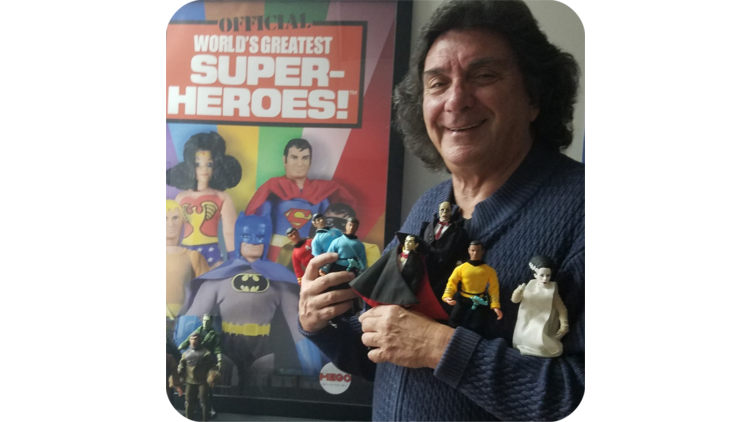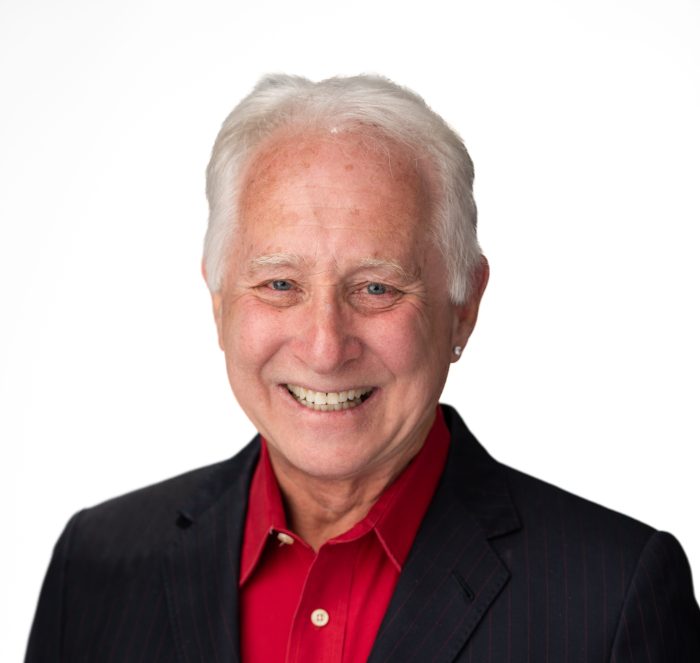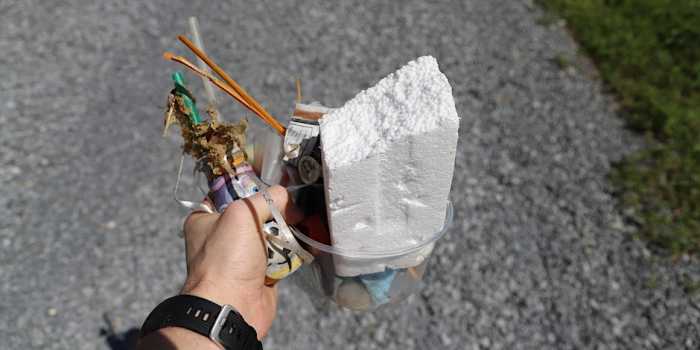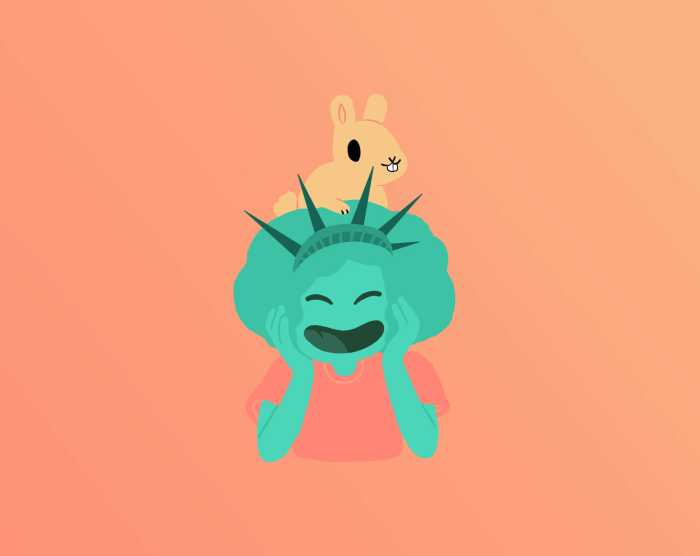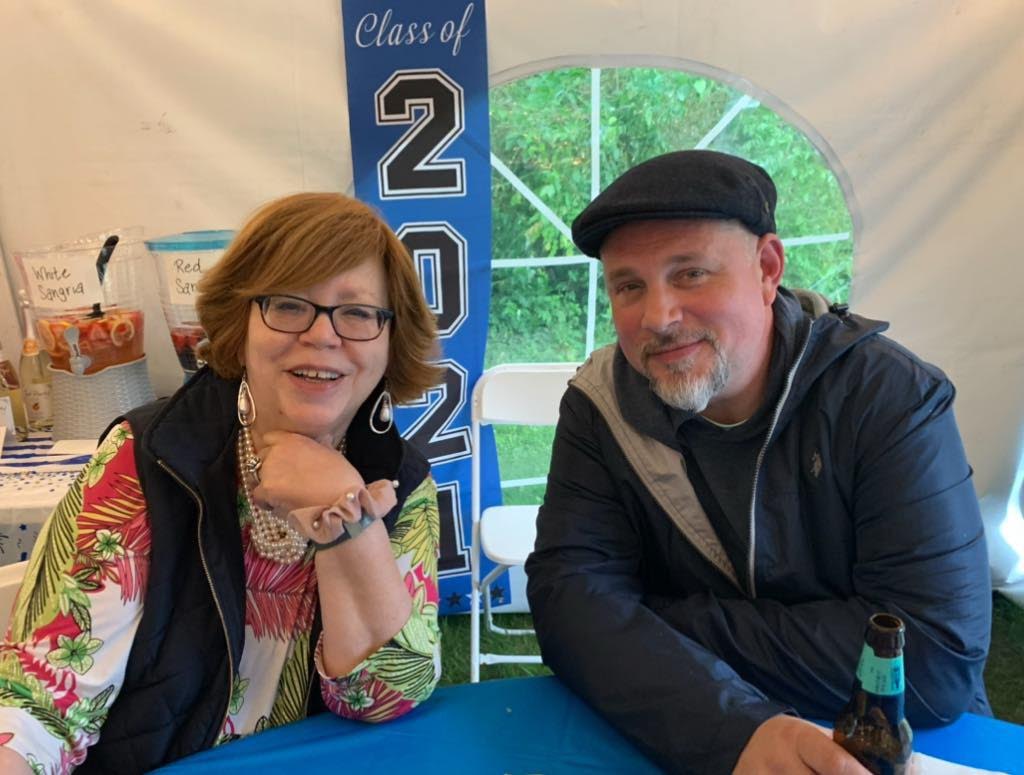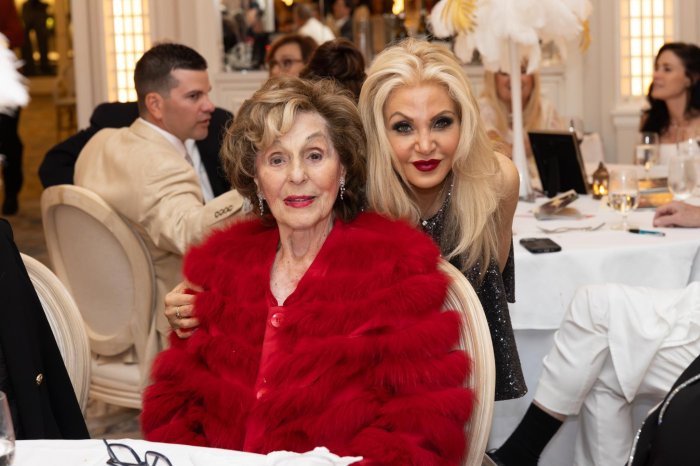Even before superheroes proved their superpowers at the box office in the late 1970s, Marty Abrams, of Great Neck, had an entrepreneurial eureka moment that made him the father of the action figure.
Inspired by comic books, TV shows such as Batman, and pop culture, he decided to bring these heroes to life on, well, a small scale. Abrams took the toy company his parents founded, Mego Corporation, and turned it into the master manufacturer of action figures, making the original comic book hero toys, including Superman, Batman, Hulk, and many more.
“Before I licensed and did a figure, it was never done before,” Abrams says. “I was the first one to translate two-dimensional drawings of comic book characters into three-dimensional action figures.”
Mego’s action figures topped $200 million in sales, which says Abrams, is equal to about $600 million today, before video games stunned these superhero toys like corporate kryptonite.
Great Neck-based Mego, named for a phrase Marty’s brother said when he wanted to go somewhere, went bankrupt in 1982. Abrams bought back the company and last summer brought it back from the dead.
Last summer, the company relaunched 120 action figures (and counting) with an exclusive line in Target. Superman flew again – at least in imaginations.
“The core customer for the new line is 25 to 55,” Abrams says. “They’re collectors, not kids.”
The Mego method remains the same: create affordable action figures. He rounded up nonexclusive rights (they’re cheaper) of characters and sometimes actors’ likenesses, as with Henry Winkler as “The Fonz.” In other cases, he got permission to make characters, but not the performers’ likenesses, leading to some figures (they don’t sell as well) that recreate characters, but not actors.
“We dress the characters in the look we’re creating,” he adds. Mego last year topped $12 million in sales and Abrams expects to triple that figure this year, before expanding beyond Target next year.
“Kids still want something three-dimensional to hold in their hand,” Abrams says, noting that children also remain customers. “They want to hold the good guy in their right and the bad guy in their left hand and smash them together.”




